I recently hosted a Photo Shoot Fundraiser for the Humane Society of Tampa Bay and one of the dogs that registered was Champion. Champion was adopted from the Humane Society when he was 3 by his now owner, Carissa.
Champion is just that, a Champion. He was born with only 3 legs and his 4th leg is deformed. It’s likely he was born that way because he was either, part of a large litter, or, being a mixed breed, his mother could have been too small to carry her litter properly. The growth in his front leg was likely stunted due to cramped conditions in the womb.
I asked Carissa if Champion has any limitations, thinking she would give me a laundry list, but he doesn’t have that many actually. One of the few things she mentioned was that he struggles with holding a bone with his two front paws. He has to use just one paw and wobbles his head around to prevent himself from dropping it. Carissa said it’s one of her favorite things to watch.
Another limitation Carissa mentioned was that when Champion has to relieve himself on a tree, he forgets that he shouldn’t lift his back leg and falls over sometimes. Apparently it doesn’t phase him very much though.
There’s more to Champion
Champion is also a therapy dog. He and Carissa are a therapy team and visit places like hospitals and youth centers. He had to be a certified as a therapy dog and pass an obedience test. Carissa had to pass a practical and online test as well. I didn’t realize this about therapy teams until Carissa mentioned it, but Champion can’t perform his therapy dog duties without Carissa. I’ve included more information about how to become a therapy dog team below. There are also photos of Champion on a few therapy dog gigs too.
As you can see from Champion’s photos, he’s got a ton of personality and he’s a total people person. When out and about, he gets mixed reactions because of his leg, mostly positive though, according to Carissa. When meeting children, some do get a little scared, but she tells them there is no reason to be and encourages them to feel it. It’s really soft and squishy when you touch it.
I reached out to the trainer who helped Carissa train Champion and asked her about becoming a therapy dog team. You can see more about becoming a therapy dog team below Champion’s photos.
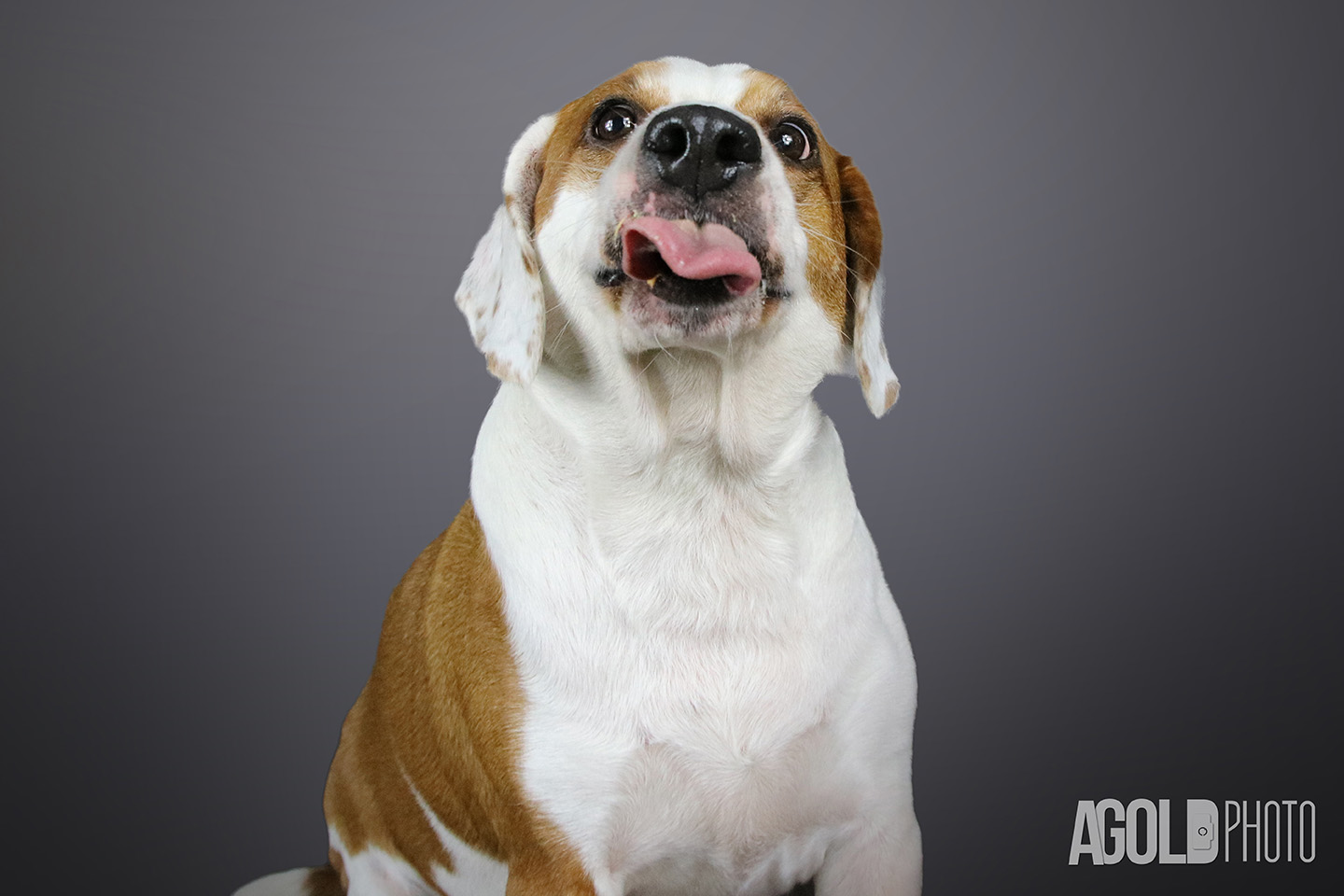
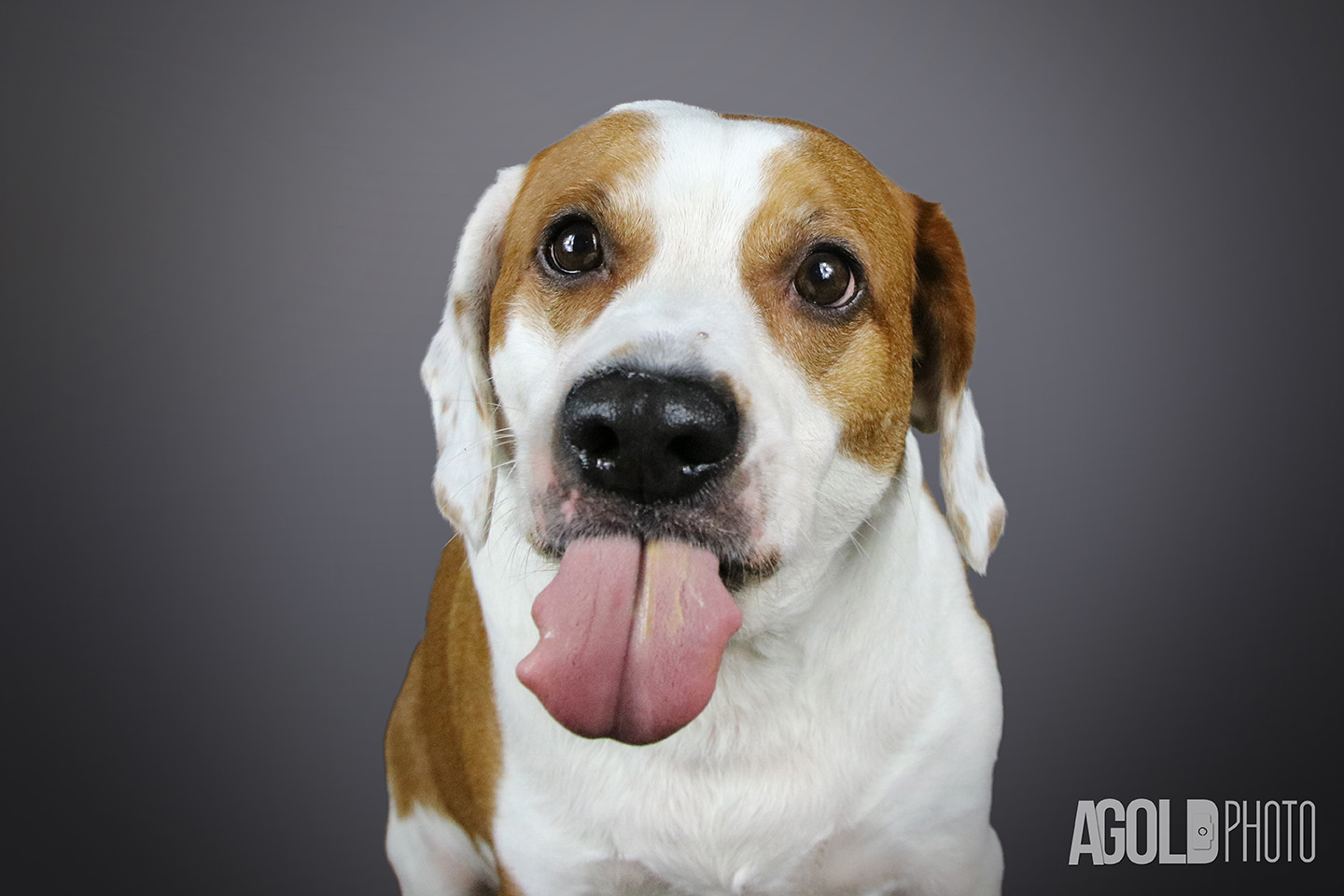


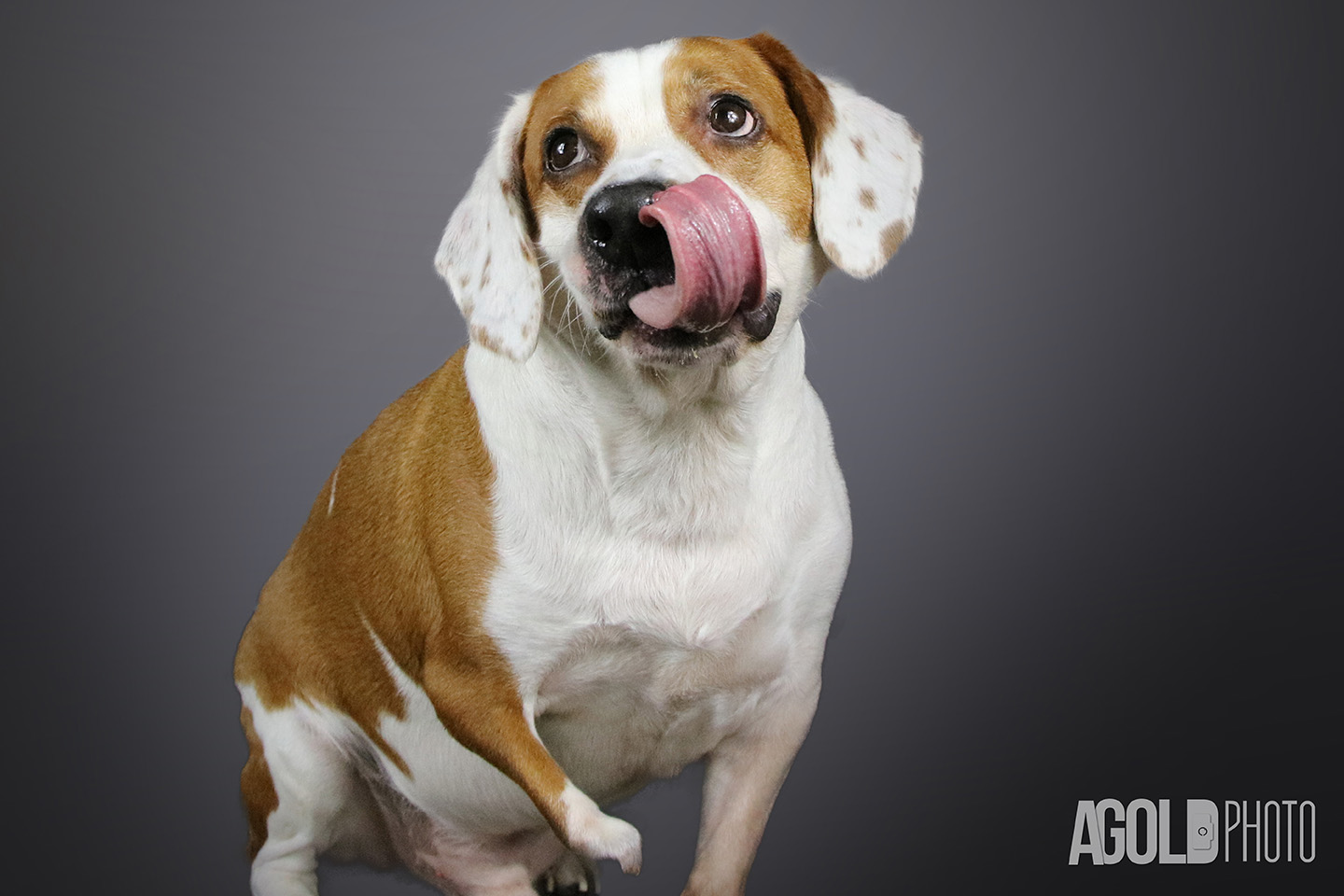

How to Become a Therapy Dog Team
I reached out to Pam Babcock, who helped train Champion to become a therapy dog. Pam mentioned that first you have to ask yourself if your dog is therapy dog material. Your dog can’t show any signs of resentment, aggression or fear. They need to enjoy human interaction, have neutral and non-threatening body posture and be comfortable around healthcare equipment.
Animal Assisted Activities
Therapy animals provide comfort, affection, and happiness as well as provide unconditional love to the people they interact with. They visit venues such as hospitals, retirement homes, assisted living homes, Hospice, schools, libraries, colleges and courtrooms. These types of visits would be called Animal Assisted Activities (AAA).
Animal Assisted Therapy
Dogs may also assist in Animal Assisted Therapy (AAT) visits. These types of visits are conducted with a health care professional present with the handler and their dog. These sessions are designed to help achieve specific goals such as helping with motor skills, exercise, mobility, balance and mental skills. The health care professional typically records activity and progress.
As a handler, you’ll need to have a basic understanding of dog body language and be willing to remove your dog from any stressful situation. If you would like to learn even more about becoming a therapy dog team, visit the Pet Partners website.
Carissa also provided me with a few photos of Champion performing his therapy dog duties.
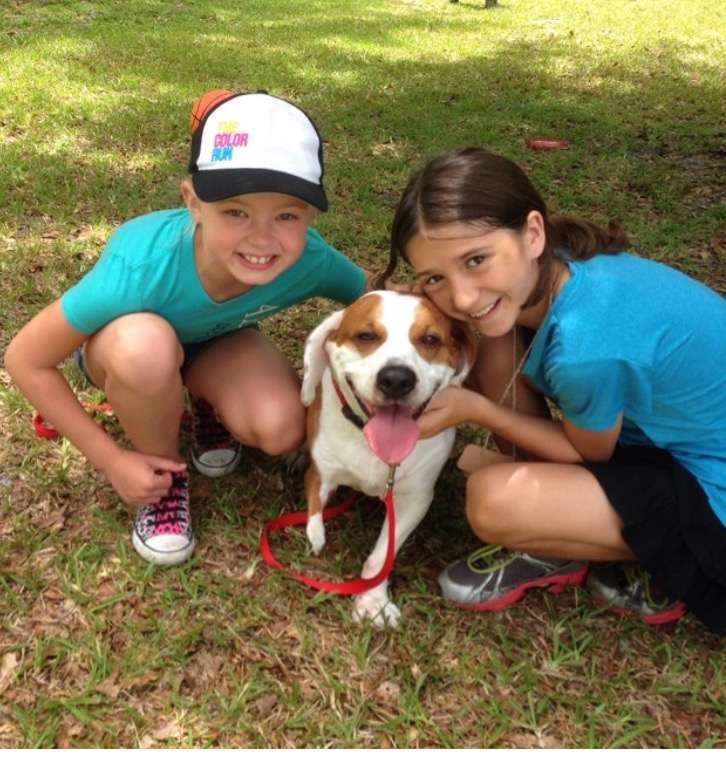
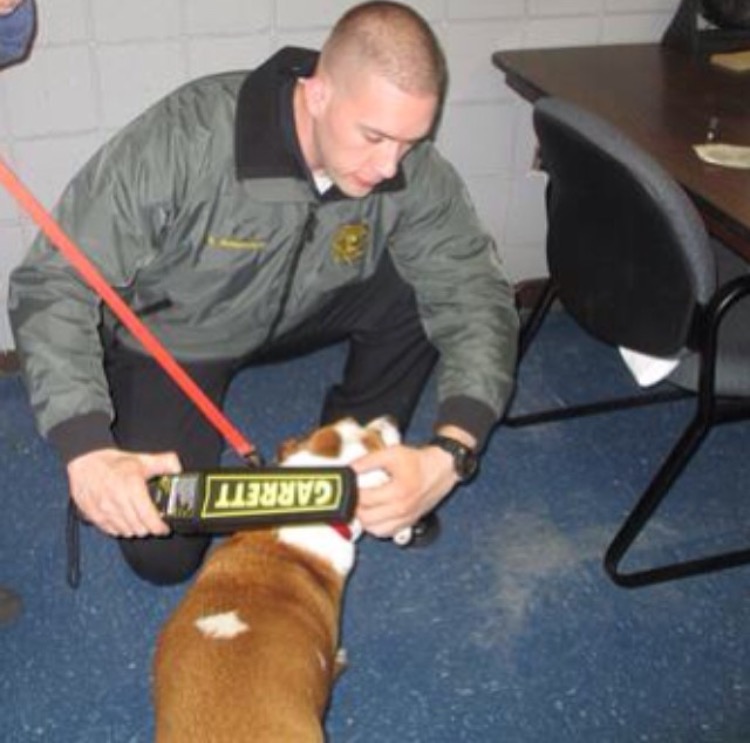
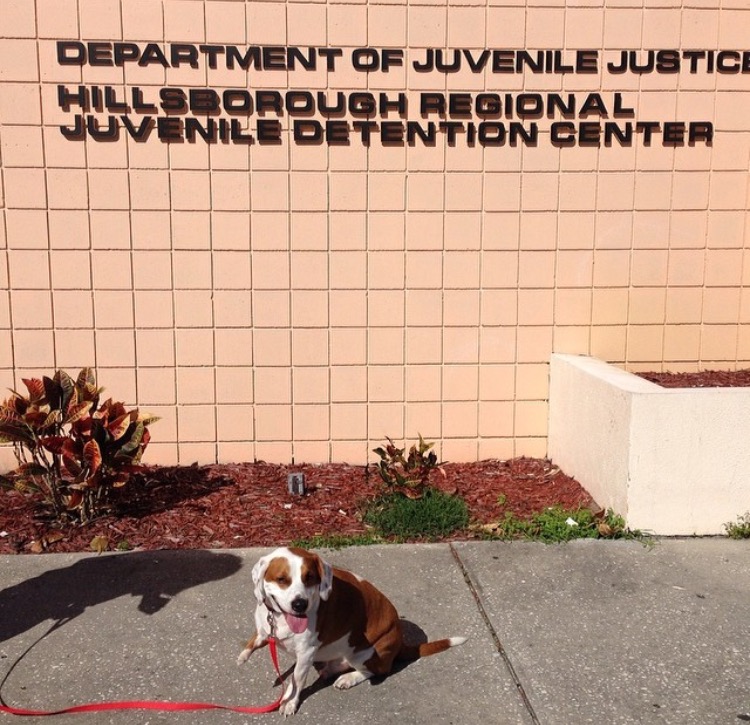


Champion doesn’t let his handicap get in the way of anything and we can all learn a lesson from him. There are no excuses for anything.